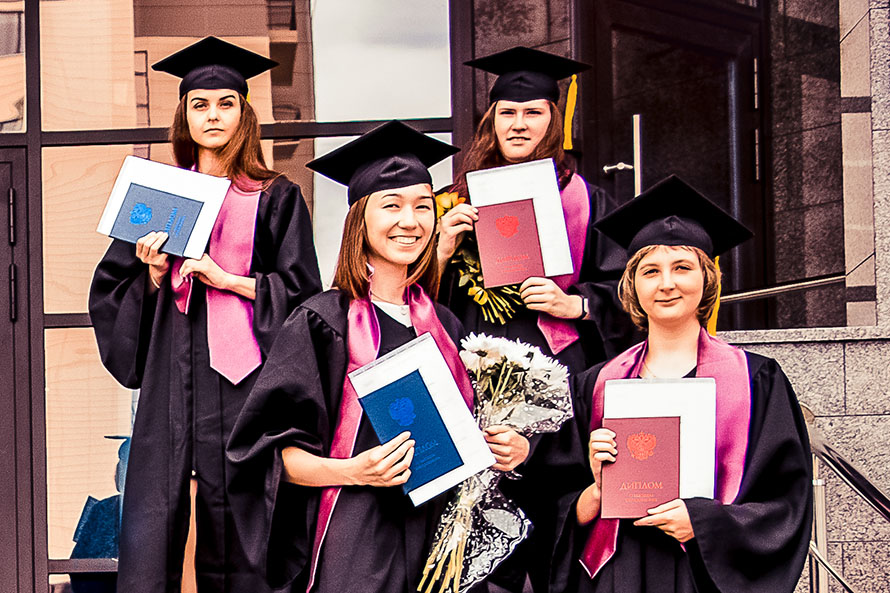Russian Universities Top QS EECA 2017-2018 Rankings

Ninety-seven Russian universities appear in the latest QS tables.
The 2017 survey showed an improvement for Russia from last year when 64 Russian universities were listed. Lomonosov Moscow State University topped the rankings followed by Novosibirsk State University and Saint Petersburg University placed 2nd and 3rd, respectively.
Many universities improved their positions from 2016. Tomsk State University moved up from 20th to 11th place, Moscow Institute of Physics and Technology climbed from 17th to 13 position and ITMO University moved up from 81st to 66th place. Better performance was shown by National Research Nuclear University MEPhI placed 23rd, Higher School of Economics (25th), National Research Tomsk Polytechnic University (40th),Kazan Federal University (46th), Ural Federal University (48th), National University of Science and Technology MISiS (57th), Peoples’ Friendship University of Russia (67th) and Samara National Research University (99th).
The top 100 include Lobachevsky University, Peter the Great St. Petersburg Polytechnic University and Far Eastern Federal University. University of Tyumen appeared in QS EECA rankings for the first time (in the 201-250 bracket). Many of these universities also entered QS Graduate Employability Rankings 2017-2018 including Higher School of Economics, Moscow Institute of Physics and Technology, National University of Science and Technology, Novosibirsk State University, National Research Tomsk Polytechnic University and National Research Nuclear University MEPhI (Moscow Engineering Physics Institute).
QS EECA rankings were first released in 2014. Experts assess universities in emerging Europe and Central Asia (Czech Repubic, Poland, Hungary, Balkan countries, Baltic States etc) by several performance indicators such as faculty/student ratio, international faculty ratio/international student ratio and citations per faculty.


























































